Solutions
Fire Curtains
Fire curtains are mobile textile systems for compartmentalising and sectorising in case of fire. They are automated systems designed to guarantee integrity, isolation and low radiation in any case, as well as the non-penetration of smoke.
I'm interested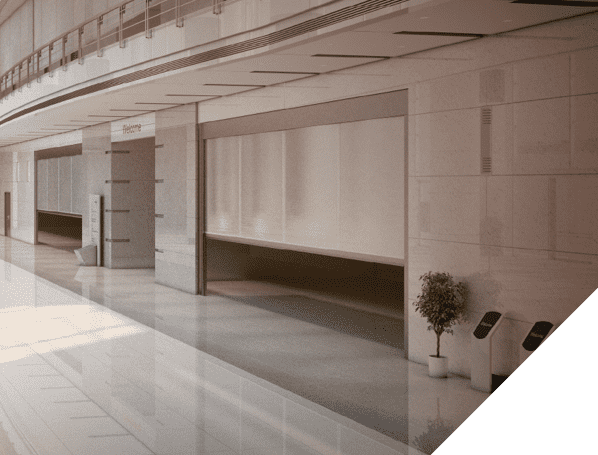
Smoke Control Curtains
Smoke control curtains are fixed or mobile textile screens designed to channel, contain and/or prevent the spread of gases generated in case of fire.
I'm interested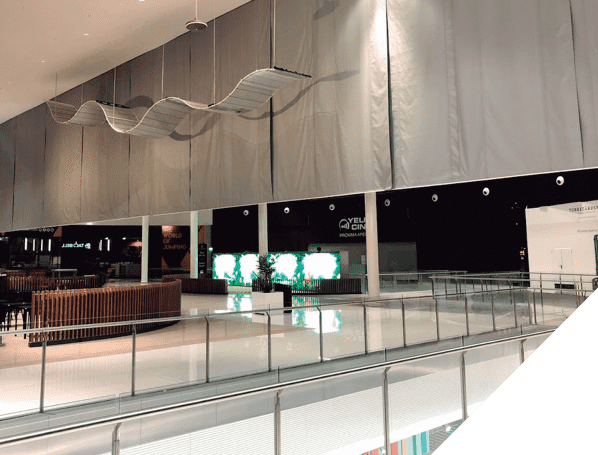
Control units
Control units are modular, autonomous elements intended for the control and management of Tecnitex mobile curtain systems. They may be connected to fire detection units, smoke and temperature detectors, or other SHEVS (Smoke and Heat Exhaust Ventilation Systems). Once the alarm or order has been received, the units will take charge of unfolding the barriers, controlling their position and status at all times; once this alarm or order is restored, the units will automatically reset.
I'm interested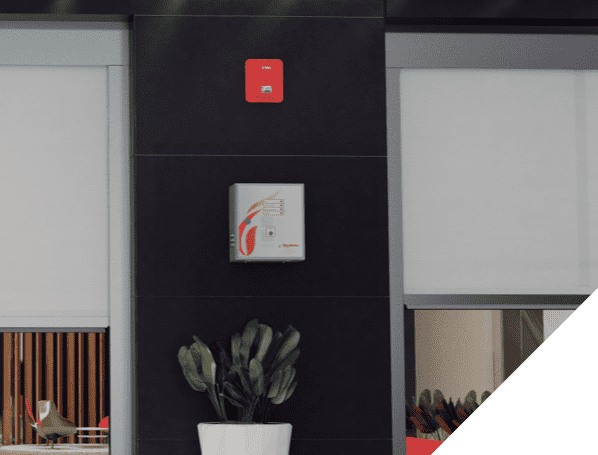
Services
Applications
We have experience, with specialisation in the management of products in the fire safety engineering sector.
Get to know us
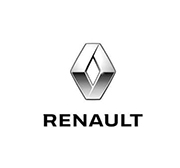
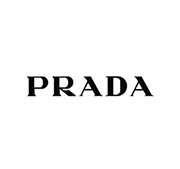


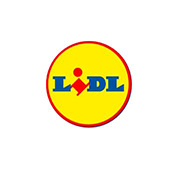
Discover our corporate catalogue
Discover our products and services, and all their technical specifications DownloadSuccess Stories
FAQs: Smoke & Fire Curtains
What’s the difference between smoke and fire curtains?
Fire curtains act as active fire barriers that support compartmentation and limit heat exposure. Smoke curtains contain or guide smoke to help keep escape routes clear.
Where are they typically installed?
Fire curtains are common in openings and lobbies to form fire compartments. Smoke curtains are used in atriums, car parks and other large open areas to create smoke reservoirs and protect evacuation routes.
How do they work during a fire?
They deploy automatically on alarm with controlled descent, remain fail-safe, integrate with the building’s alarm/BMS and can be reset after activation.
Can these systems help me meet UK regulations?
Yes, when correctly specified, installed and maintained as part of the project’s fire strategy, and accepted by the responsible designer/authority, they can contribute to compliance with UK Building Regulations and relevant standards.
Are they suitable for refurbishments?
Yes. Systems can be concealed in head boxes, require minimal structural impact and are available in modular configurations for retrofits.
What maintenance is required?
Regular inspection and functional testing are recommended; keep service records and replace consumables periodically according to manufacturer guidance.